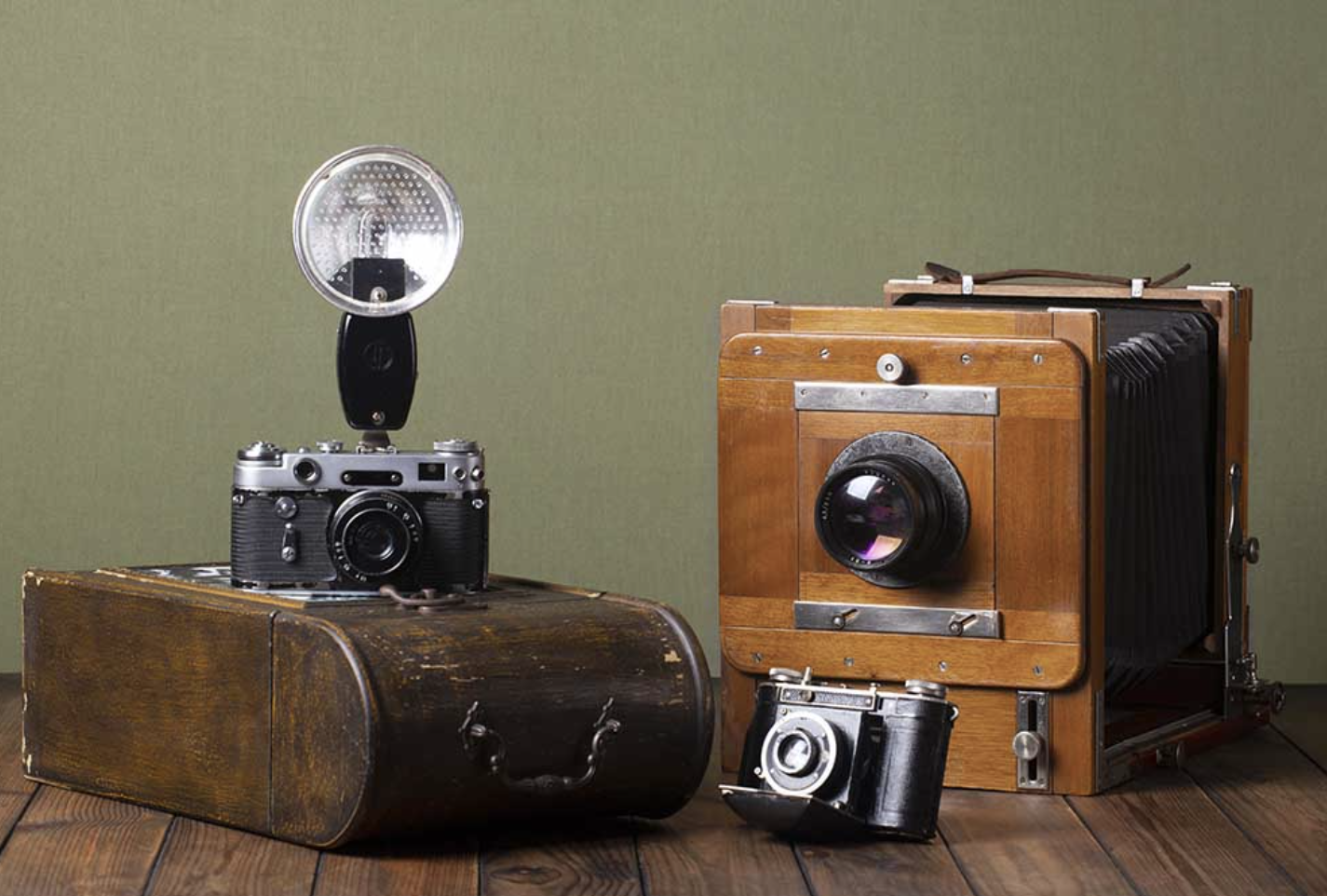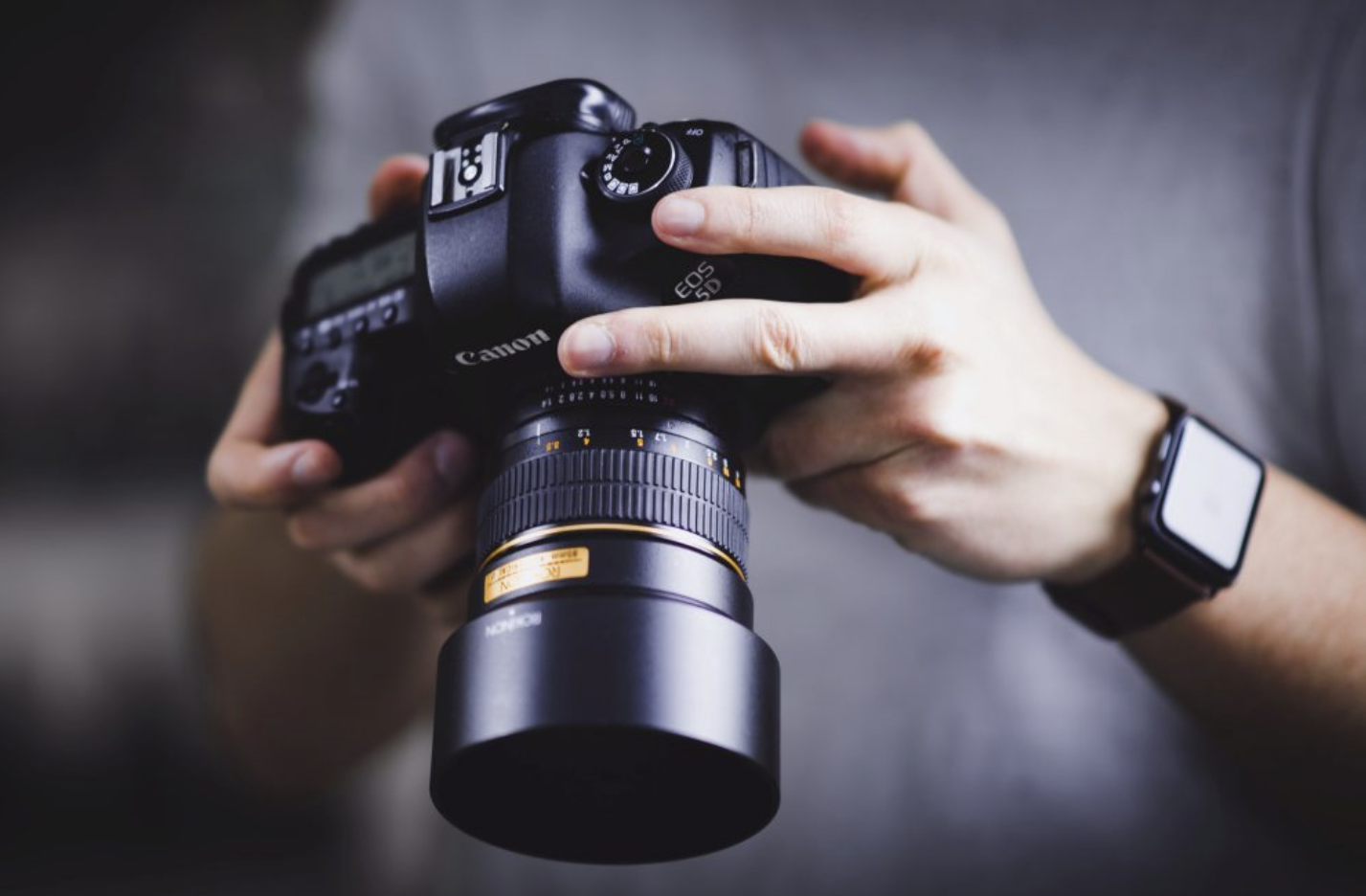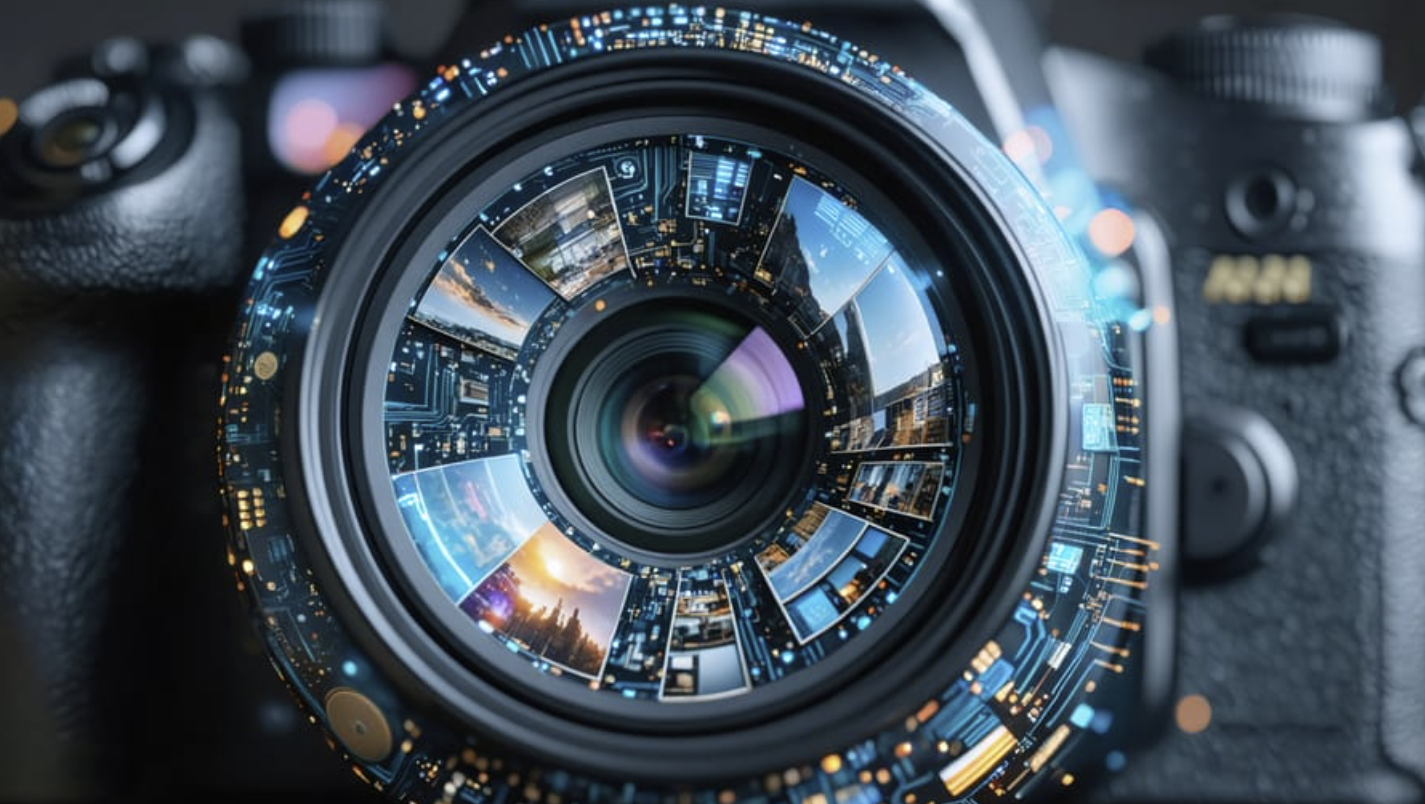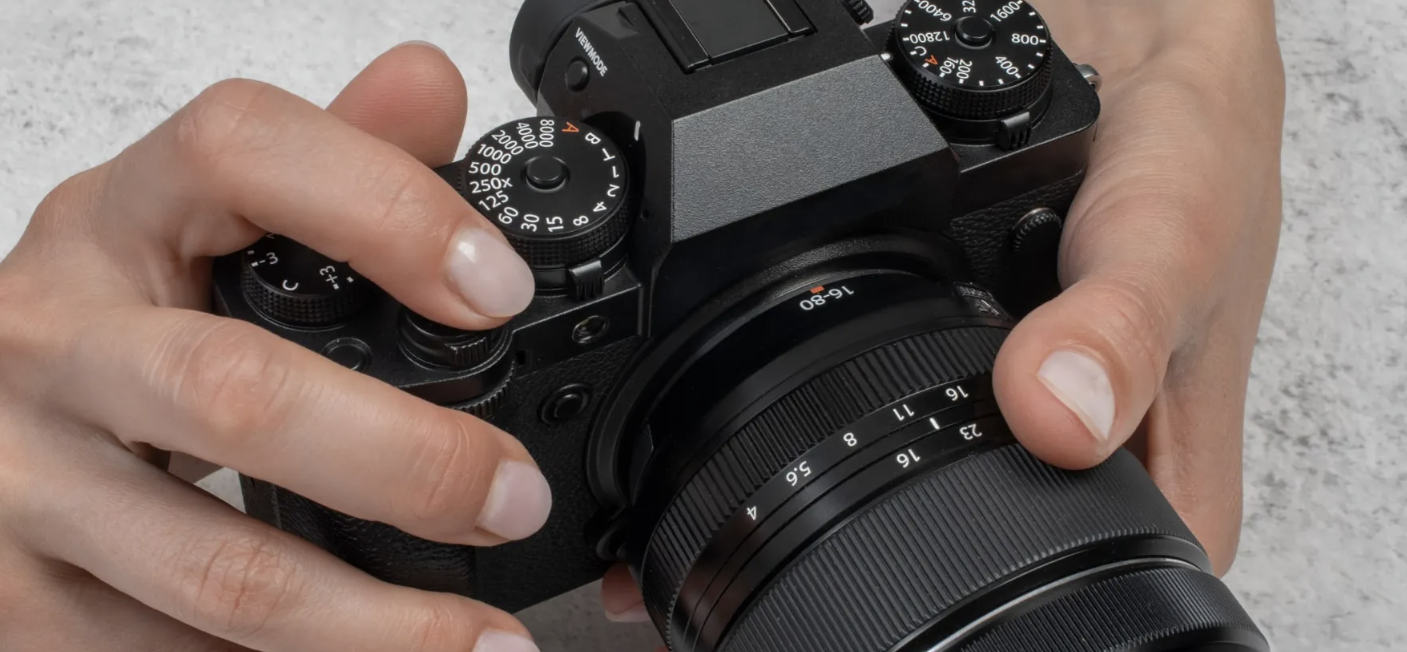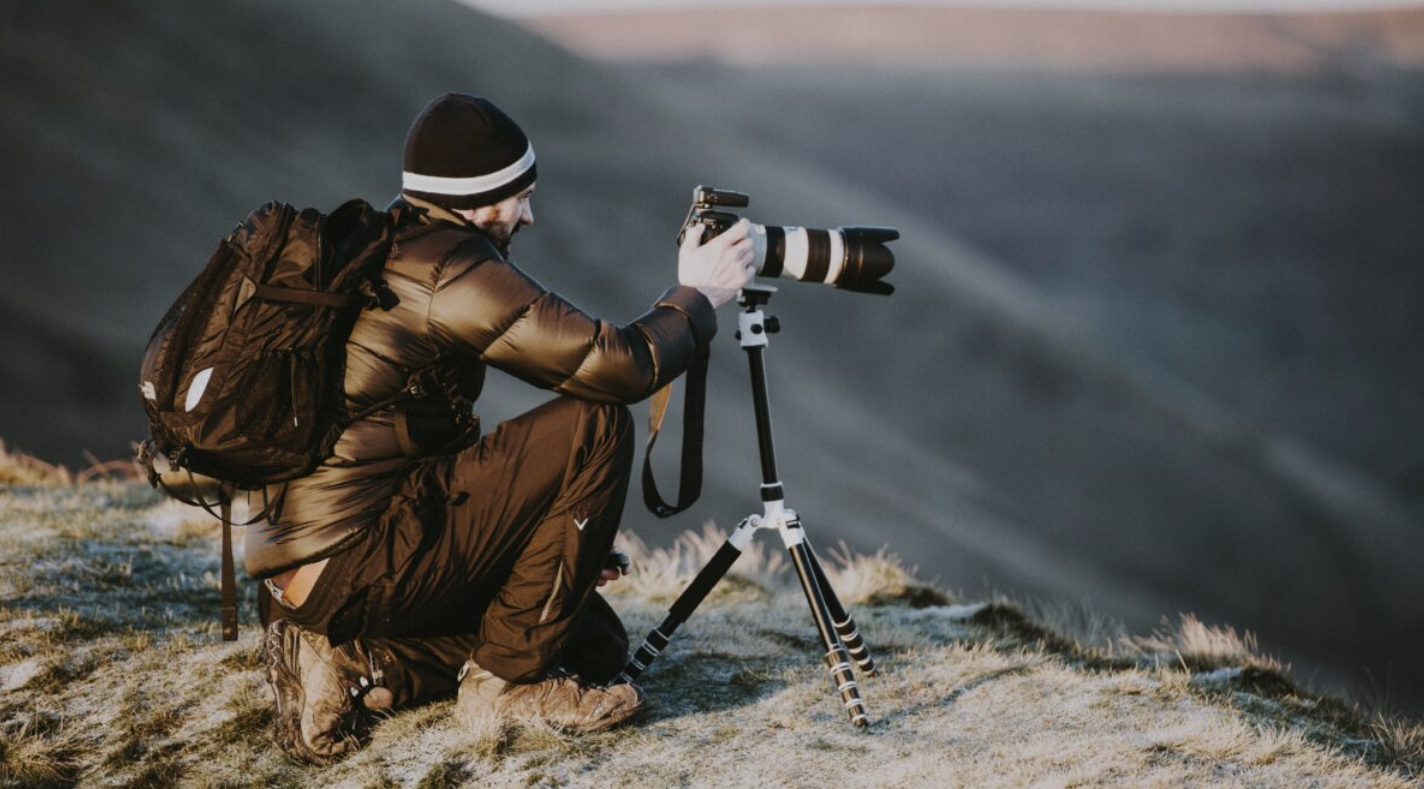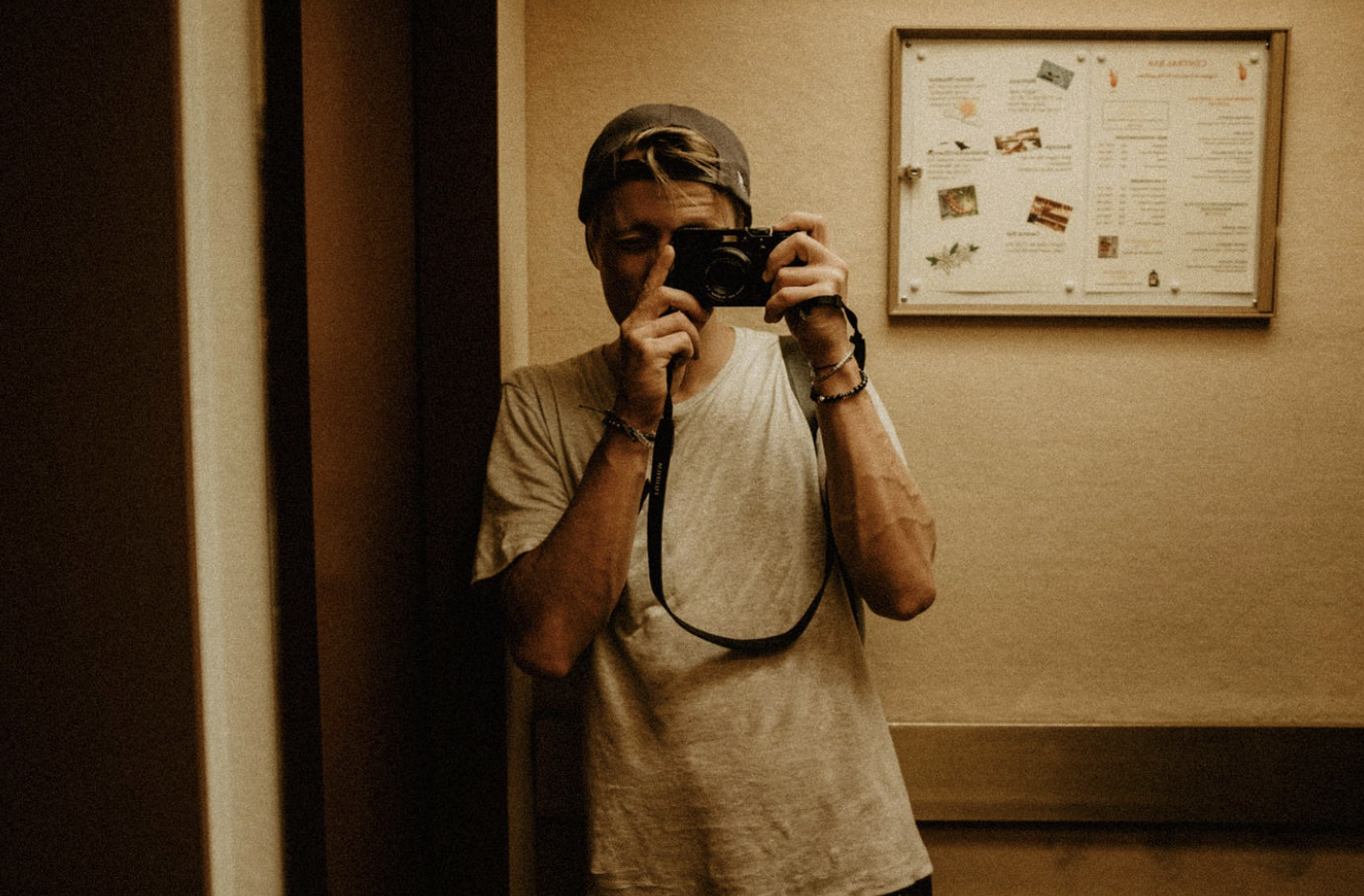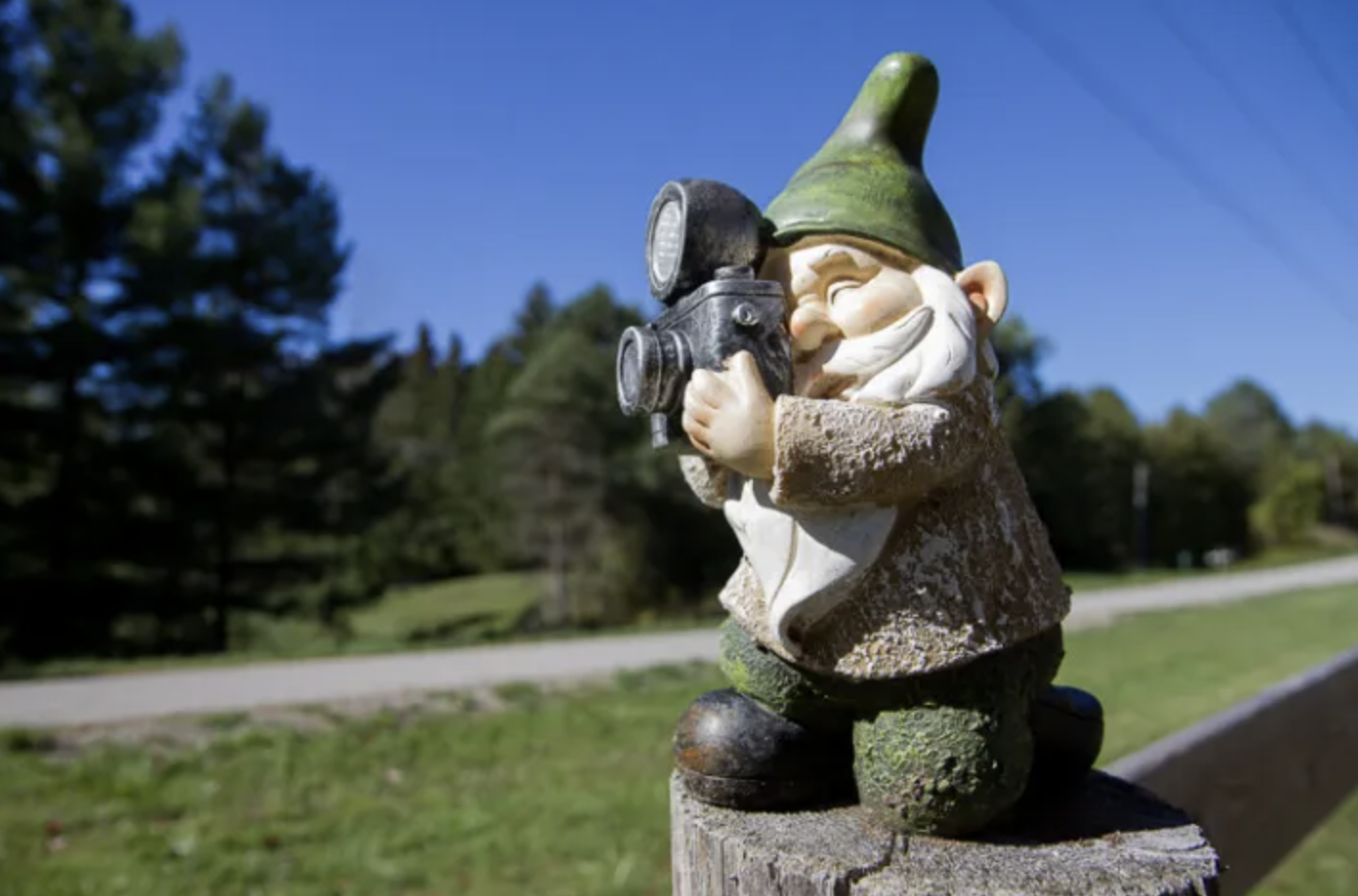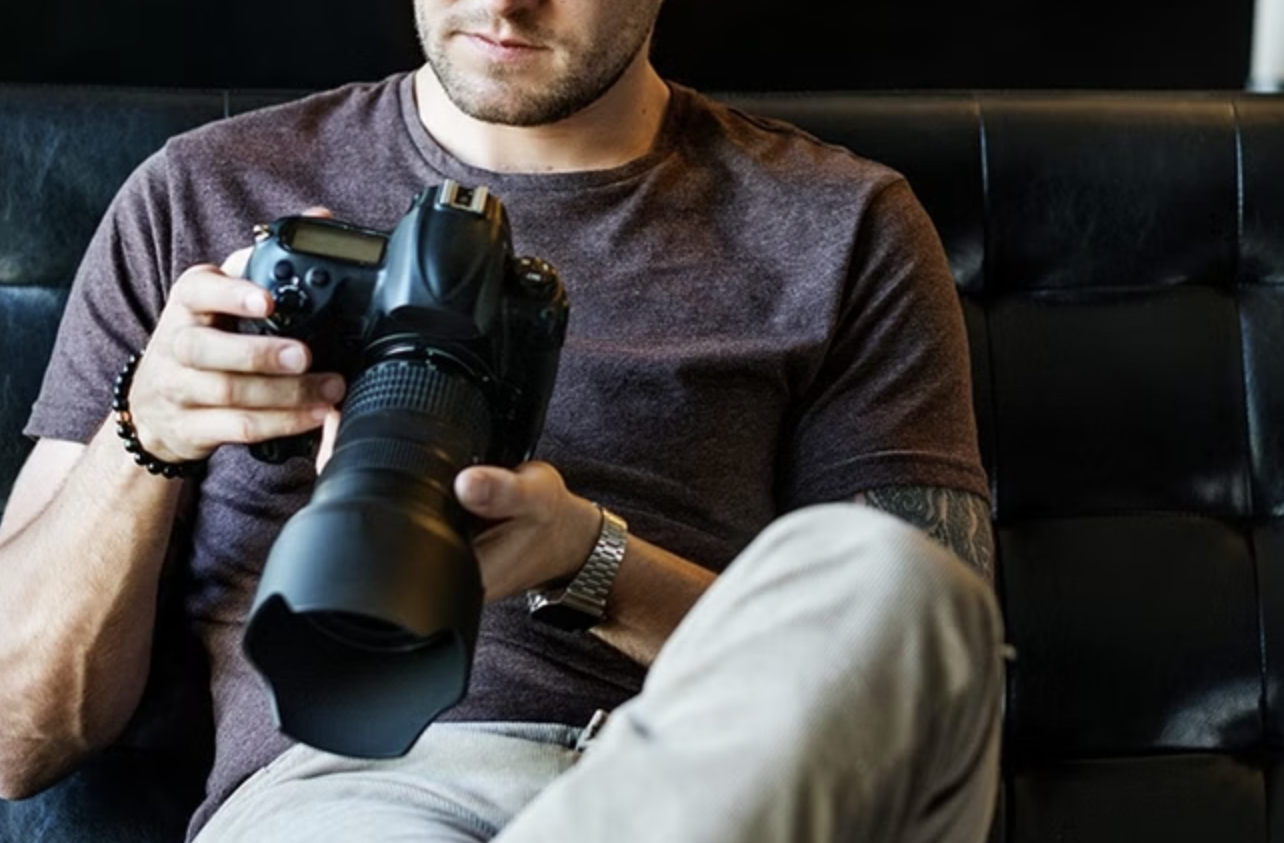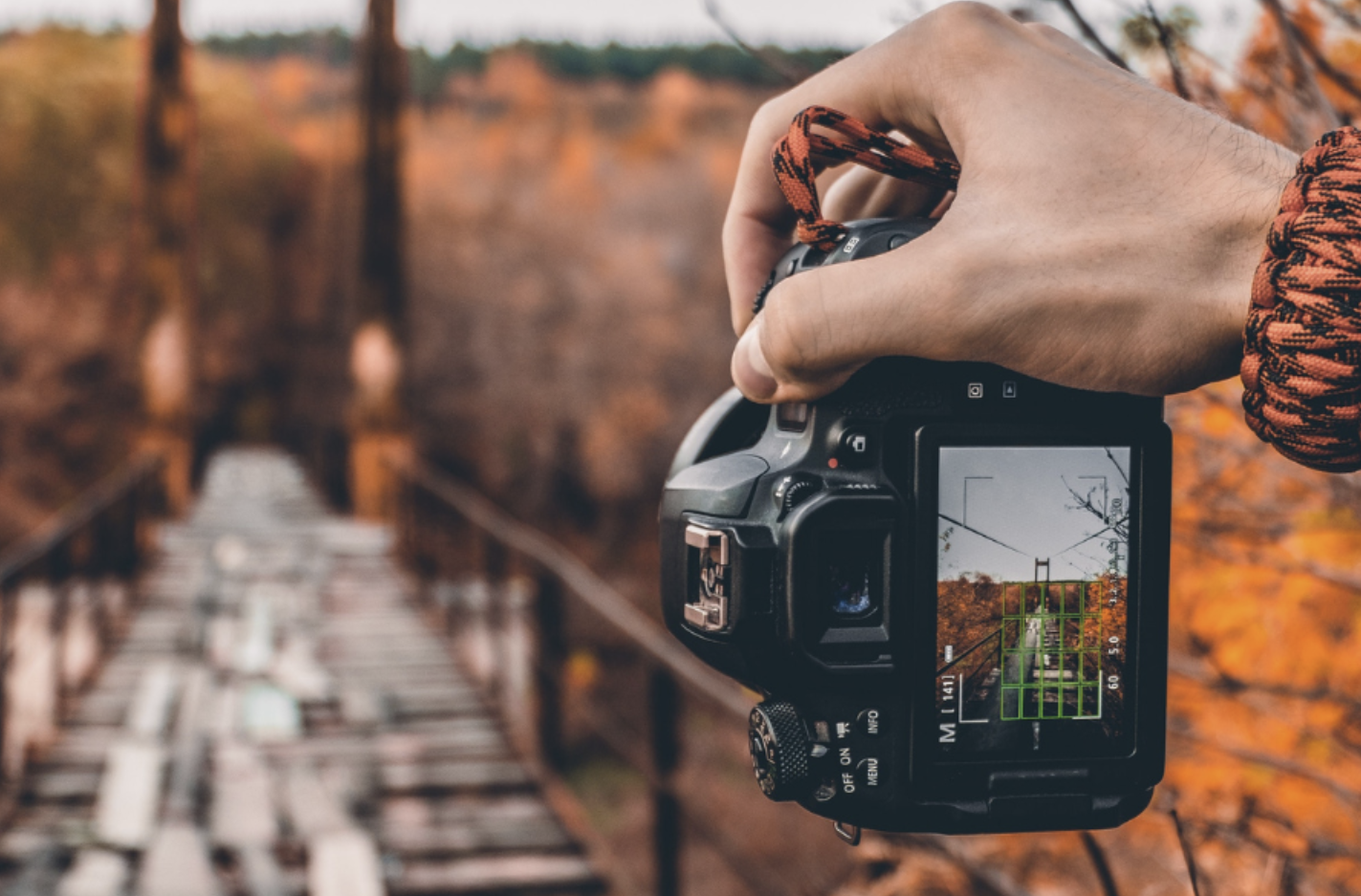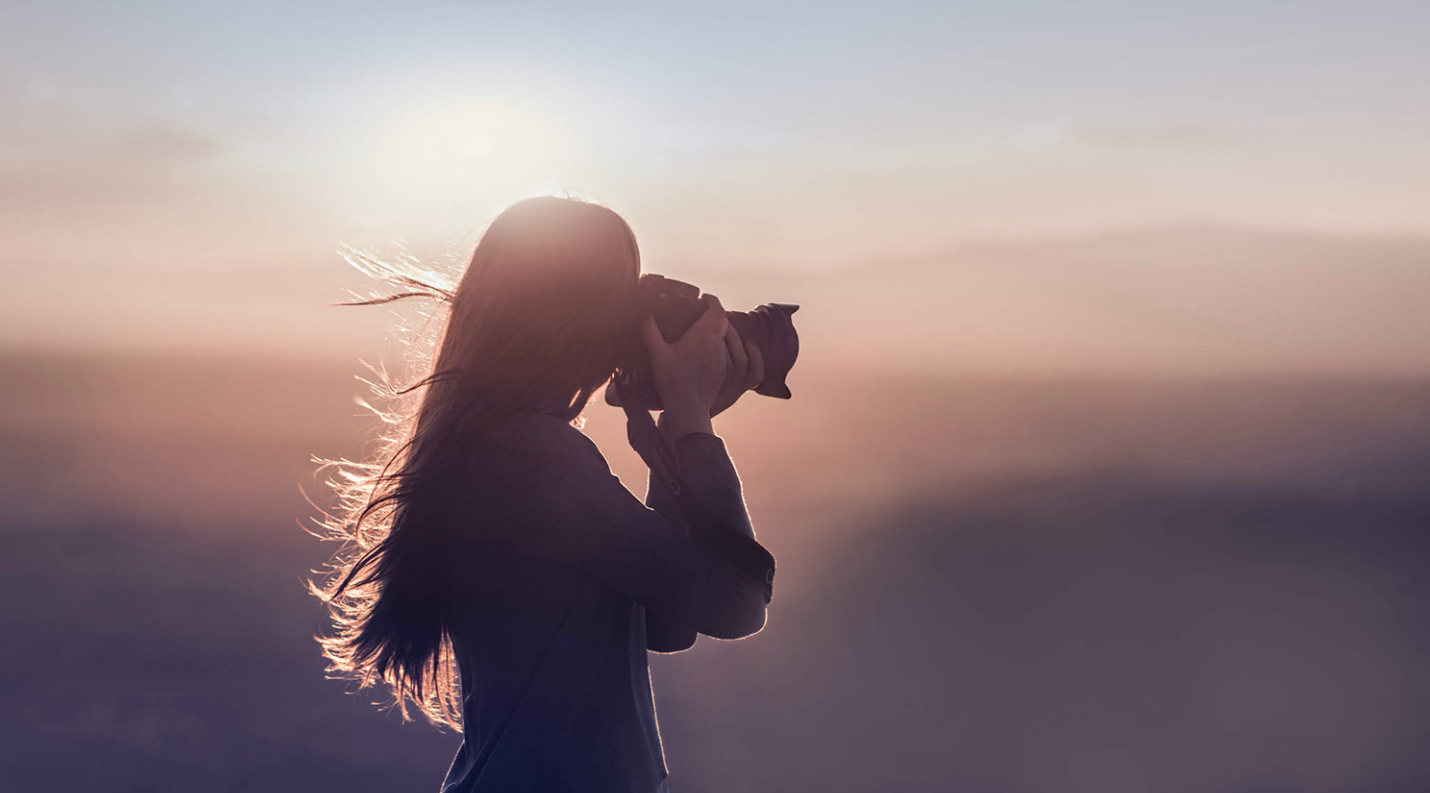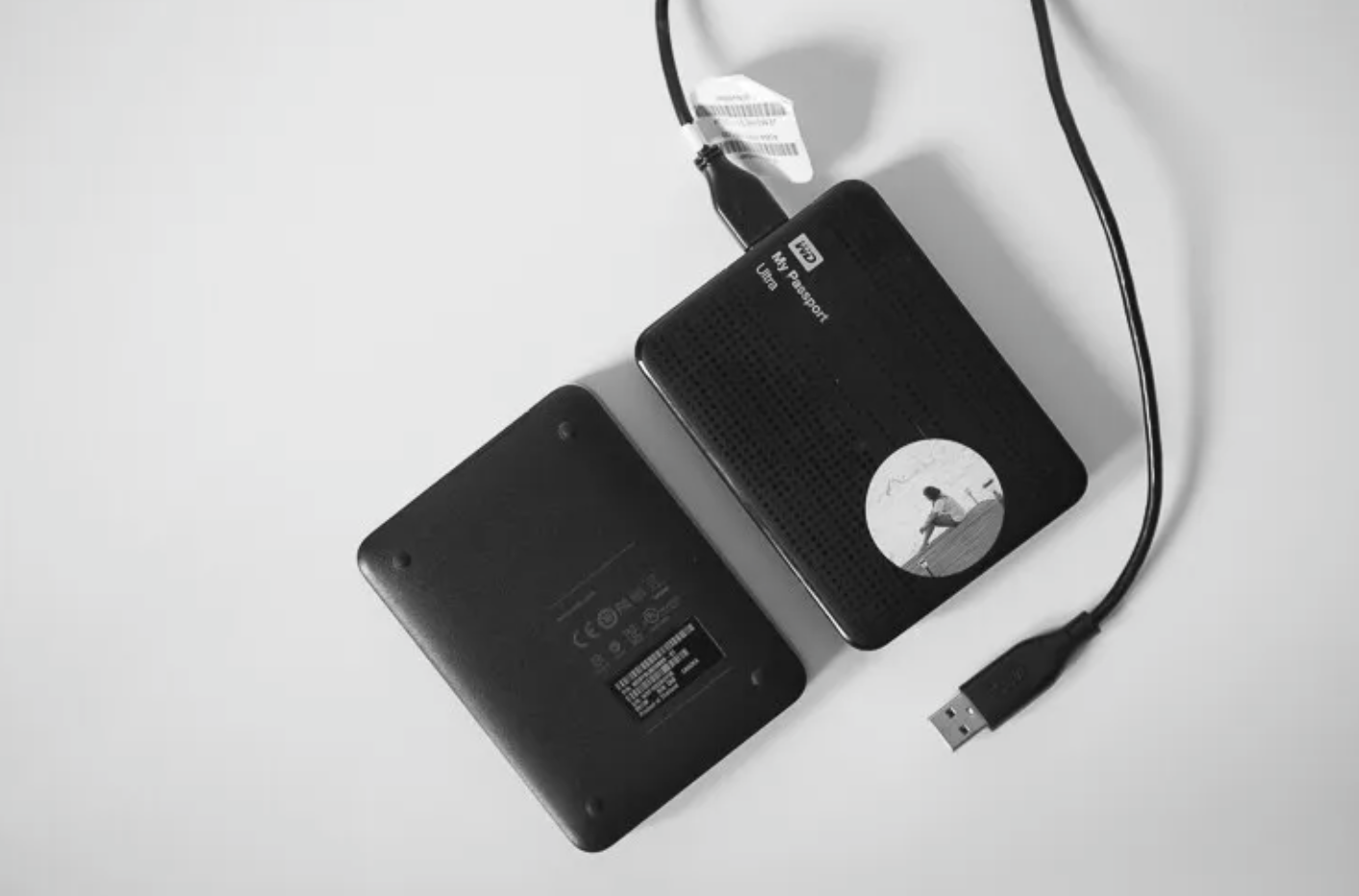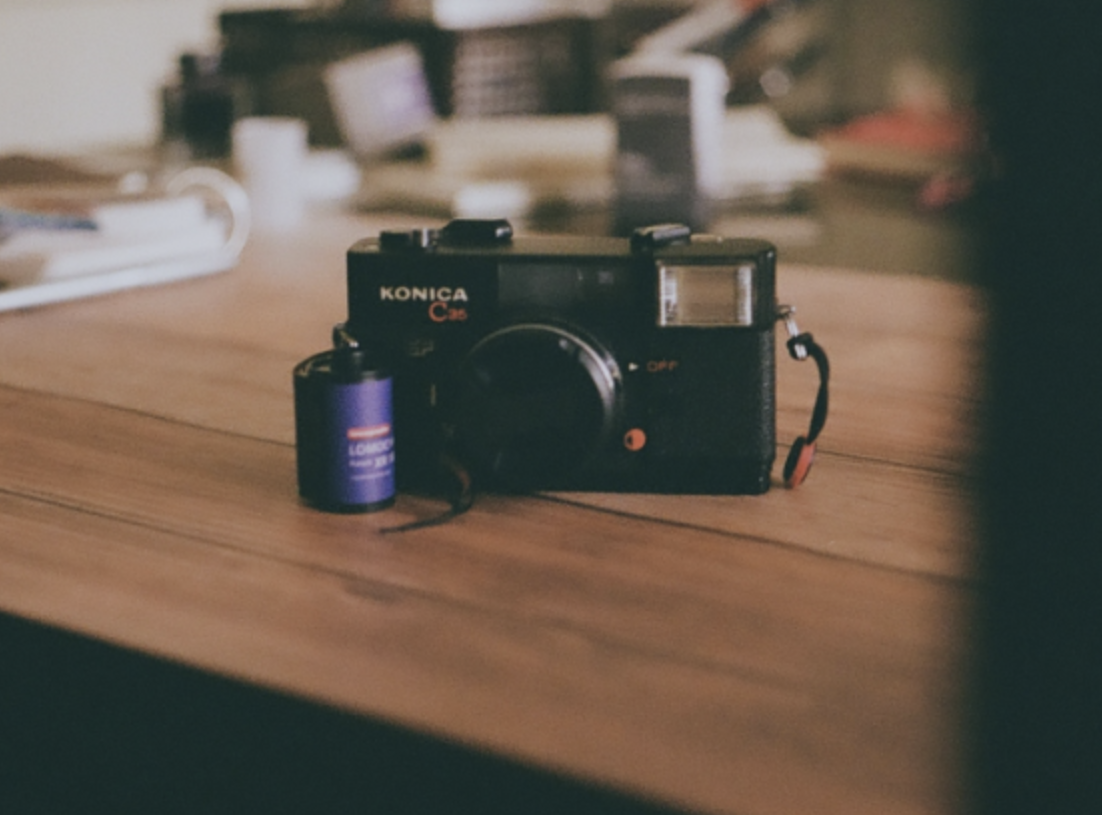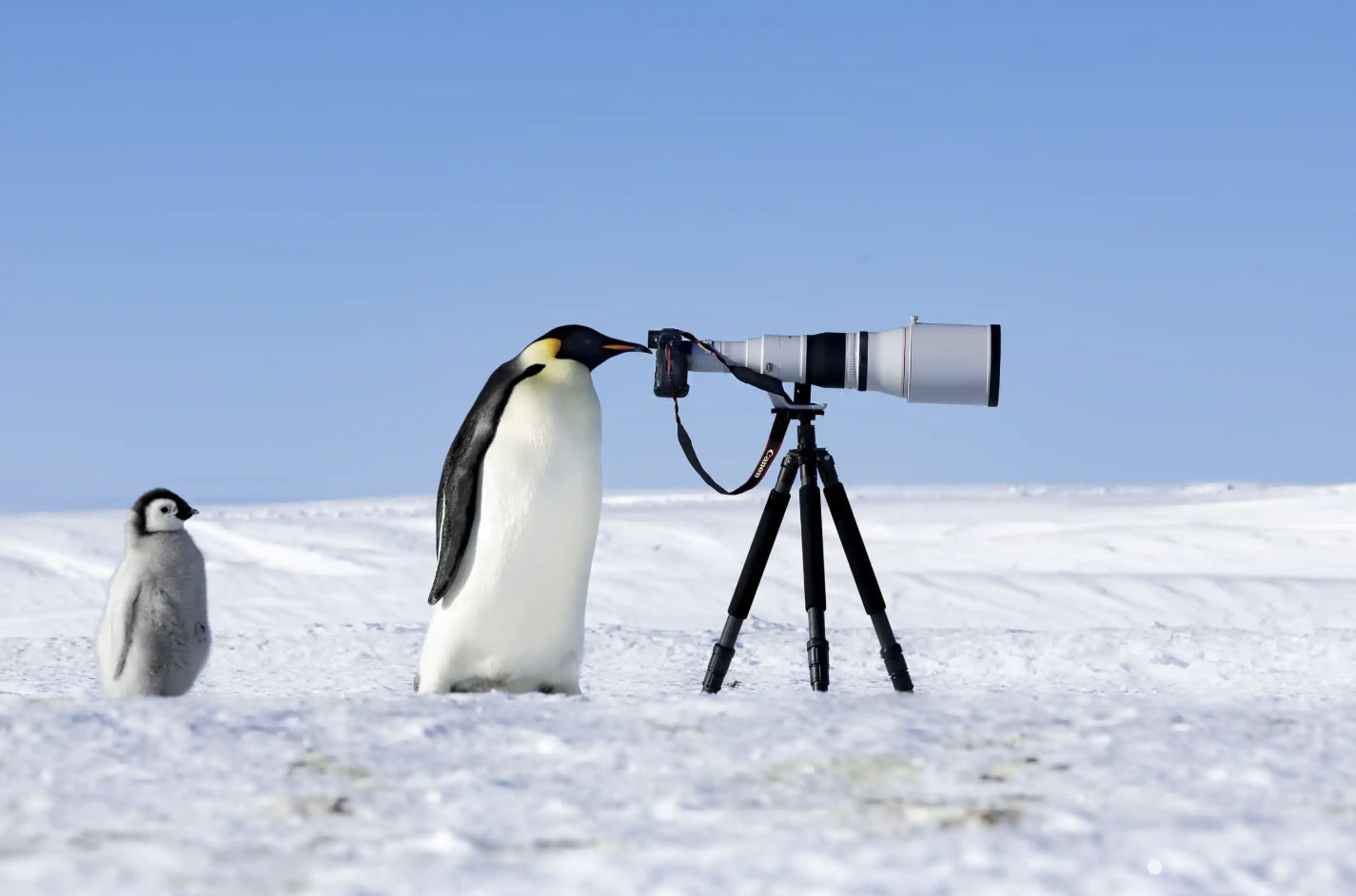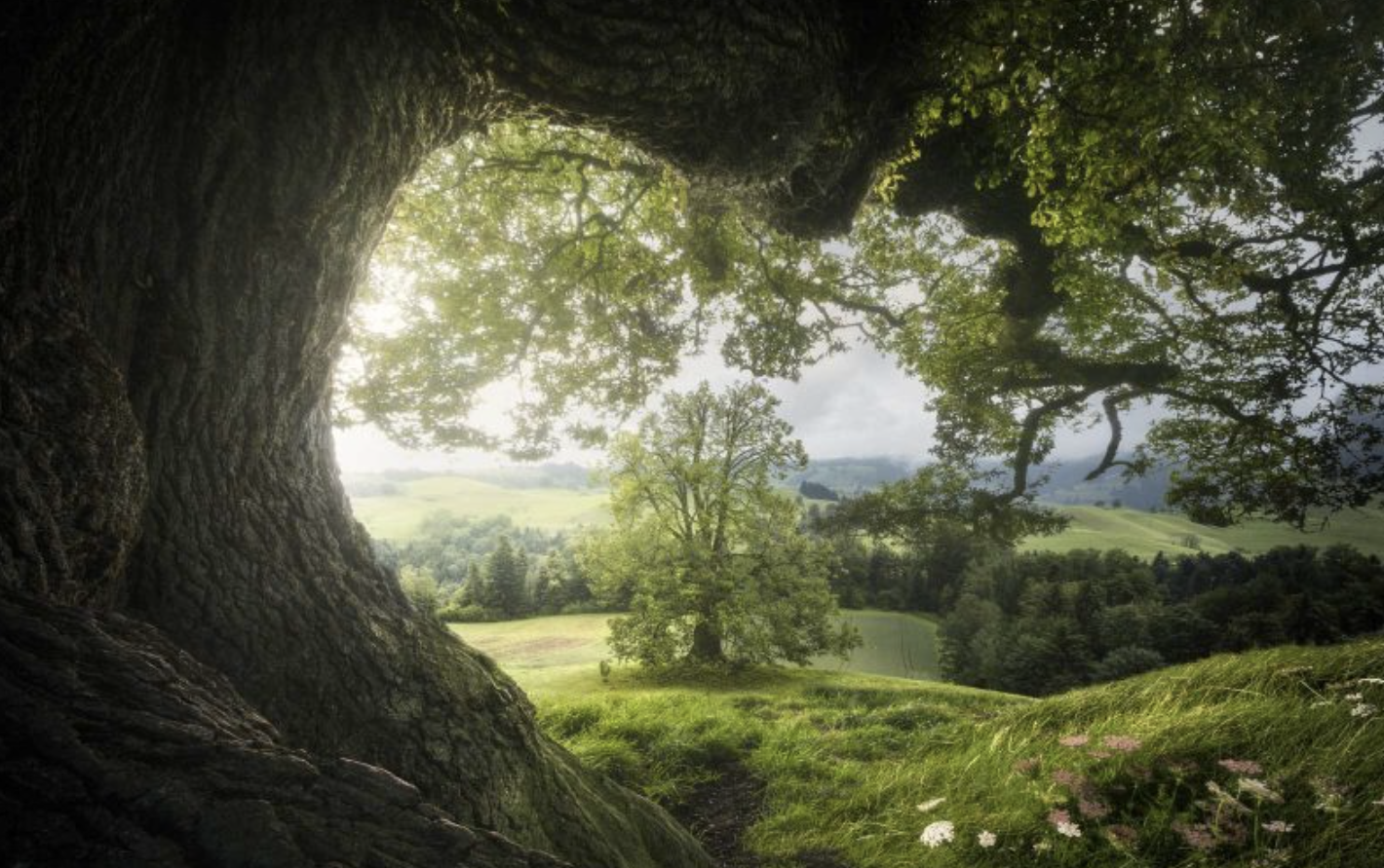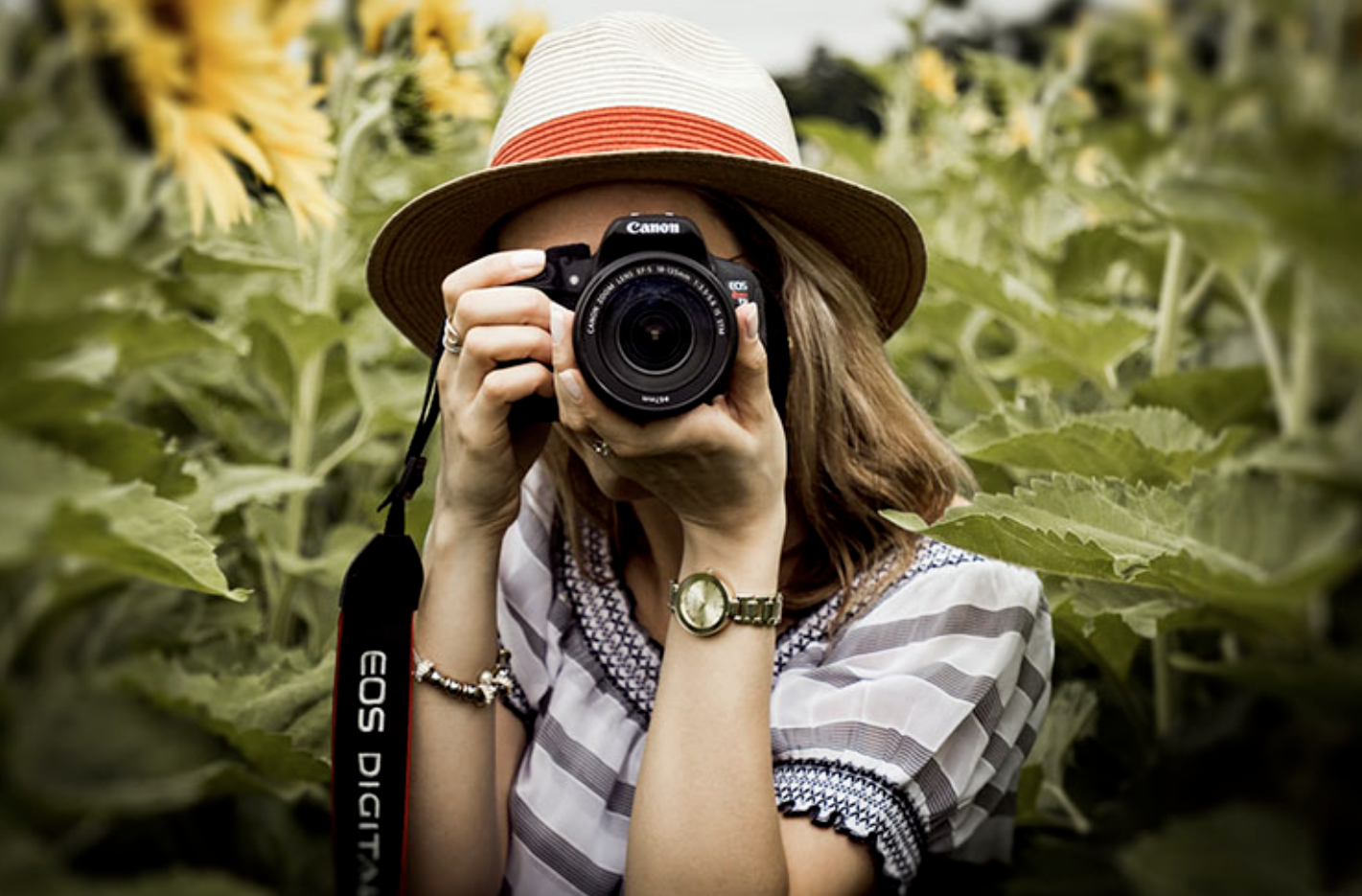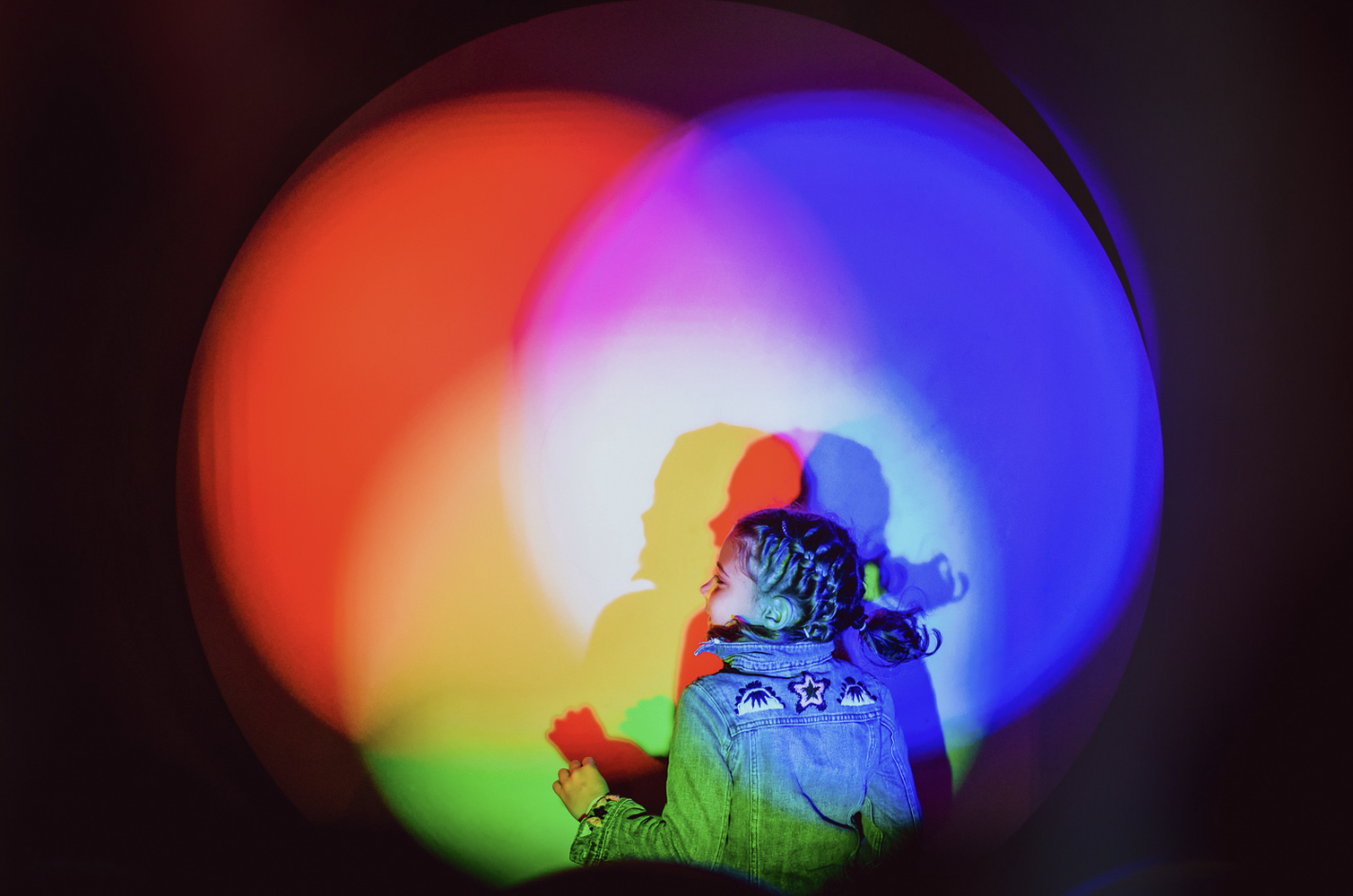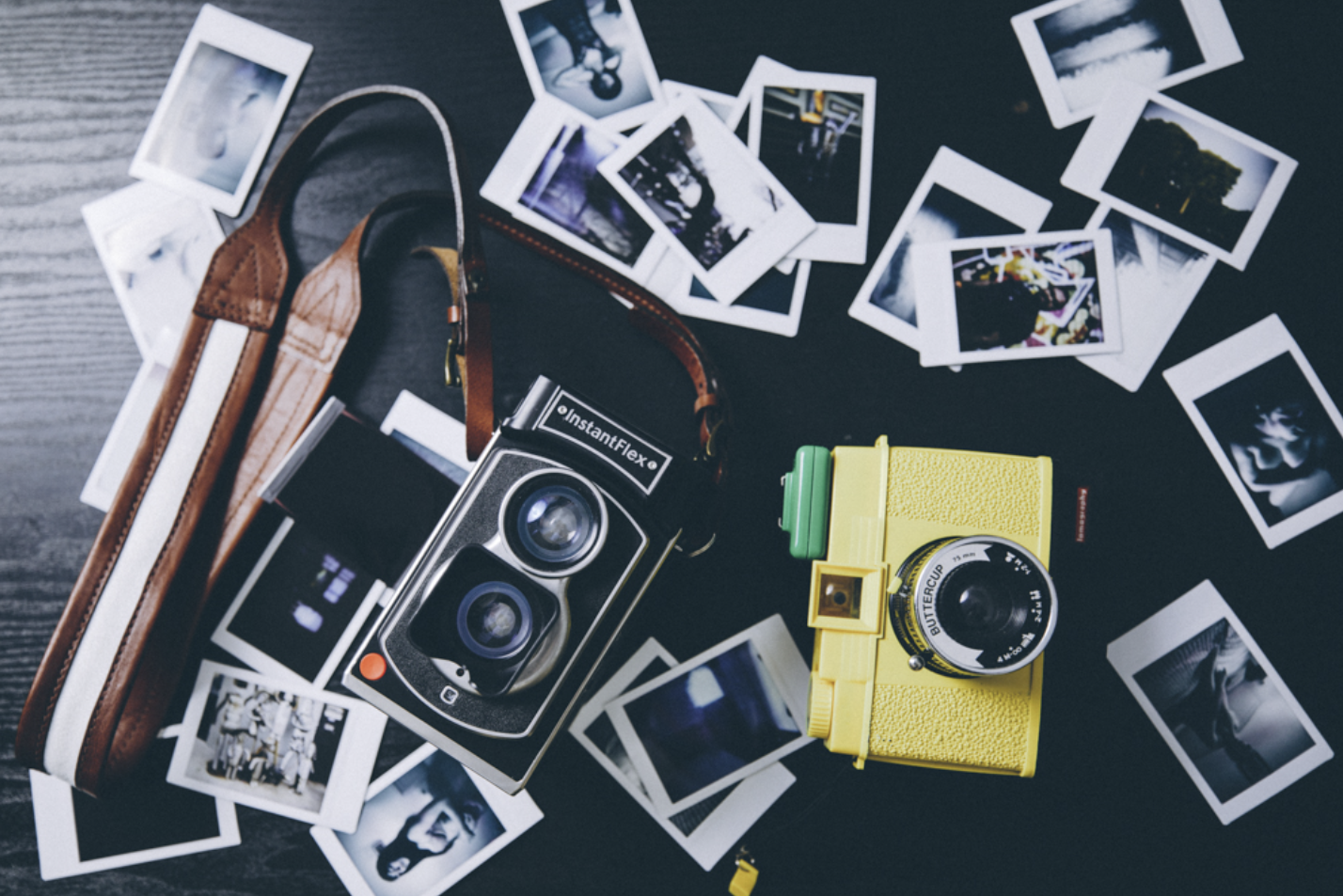
Photography is a rewarding and enjoyable hobby for millions, but it’s easy to fall into traps that can negatively affect both the quality of your images and your budget. These traps, often fueled by myths and half-truths, can dampen your passion for photography if you’re not careful. Let’s explore some of the biggest pitfalls photographers encounter, and how to avoid them.
Gear Doesn’t Equal Better Photos
One of the most common misconceptions in photography is the belief that the more expensive your gear, the better your photos will be. While it’s true that newer cameras come with impressive features like higher megapixels and better low-light performance, gear alone won’t make you a better photographer. If you’re using your current camera to its fullest potential, you’ll likely reach a point where you recognize the specific limitations that might warrant an upgrade. But the idea that better equipment automatically translates to better images is misleading.
Investing in education or training will always yield better results than upgrading your gear. A skilled photographer can capture stunning photos with a basic setup, while an unskilled photographer might struggle even with the latest high-end gear. The key is to master the tools you already have.
Social Media Likes Don’t Reflect Photographic Skill
It’s easy to get caught up in the instant gratification of social media likes, but it’s important not to equate these numbers with genuine photographic skill. While platforms like Instagram and Flickr are great for sharing your work, they’re not always a true reflection of your abilities. Images that get a lot of attention online are often striking in their visual appeal, but that doesn’t mean they’re technically or creatively excellent.
The reality is that likes and shares are driven by social algorithms and trends rather than the quality of the photo. While it’s nice to receive recognition, don’t let social media validation be your measure of success. Focus on continually improving your craft and creating work that stands out for its substance, not just its shock value.
Mastering Light is Essential
Light is one of the most important aspects of photography, yet many photographers fail to fully understand its role. While you can take decent photos in various lighting conditions, knowing how to manipulate and use light effectively will set you apart as a skilled photographer.
Start by shooting during the golden hour, when the light is soft and warm. Then, experiment with ways to control and shape light, whether by using reflectors, diffusers, or artificial lighting. Over time, you’ll gain a deeper understanding of how light impacts your photos and how to create the perfect lighting setup for any situation.
Read the Manual – Don’t Skip This Step
It may seem tedious, but reading the manual for your camera or any new piece of gear can save you a lot of frustration. Even though many cameras have similar basic functions, understanding the more advanced features can unlock your camera’s full potential. Familiarize yourself with the settings, buttons, and functions that may not be immediately obvious but can significantly enhance your photography.
By taking the time to read the manual, you’ll avoid the frustration of missing out on useful features and help prevent the need for other photographers to yell “RTFM!” (Read the F***ing Manual).
Don’t Rely on Post-Production to Fix Mistakes
It’s tempting to think that you can fix everything in post-production with software like Photoshop or Lightroom, but that’s a dangerous mindset. While editing is an essential part of modern photography, the key to great photos starts with getting it right in-camera. Proper exposure, focus, and composition are all crucial elements that should be captured correctly during the shoot.
Post-production should be used to enhance your images, not to fix major issues. A skilled photographer understands the importance of getting as much as possible right in-camera, knowing that good editing only works if the original shot is solid.
Understanding the Exposure Triangle is Crucial
The exposure triangle—comprising ISO, aperture, and shutter speed—is the foundation of exposure control. Mastering how these elements interact will give you full control over the final look of your images, allowing you to adjust for light, motion, and depth of field as needed.
While you may be able to shoot in automatic mode for a while, understanding the exposure triangle will vastly improve your ability to create images with the desired effects. It takes time to master, but even a basic understanding will significantly elevate your work.
Never Stop Learning and Evolving
It’s easy to get comfortable with your current skills, but true mastery comes from constant learning and adaptation. Photography is an ever-evolving field, and to stay relevant and improve, you must continuously challenge yourself. Experiment with new techniques, explore different styles, and push yourself to break out of creative ruts.
Photographers who stop evolving often find themselves stuck in a style that no longer excites them or has gone out of fashion. The most successful photographers are those who stay curious and open to new ideas, always striving to improve.
Final Thoughts
The key to becoming a skilled photographer is avoiding the common traps that can limit your growth. Focus on mastering the fundamentals, invest in continuous learning, and always strive to capture the best possible image in-camera. Photography is a journey, and while there will be challenges along the way, the rewards are well worth the effort. Keep improving, experimenting, and most importantly, enjoying the process.


